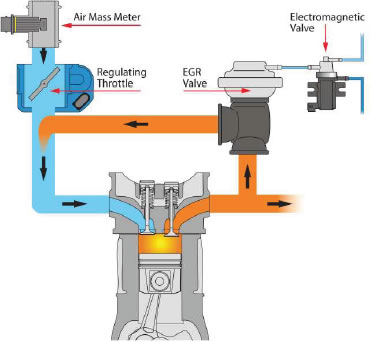This is guest post.
I helped my friend to change AT fluid on his Honda Civic Mk8 Sedan. But procedure is the same for mine Mk9 Civic and more important - filter check.
It was Saturday morning when we started on my parking lot.
Input:
- Honda Civic Mk8 Sedan
- manufactured in 2006 (I think in Japan)
- odometer 95Kkm
- ATF was never changed
- mostly urban traffic
- no special complains on powertrain
- in current condition it still outperforms new Civic Mk9 Hatch (they bought recently second car to the family, so he can really compare them).
Complains:
- just little yanking when changing 1st, 2nd and 3rd gears when accelerating
- little yank when dropping foot from gas pedal
- shifting from neutral to drive or reverse has little kick
We lifter his car and drained about 3 liters of durty black ATF (with pulling out dipstick).
Plug has average deposit of friction material, no metal particles.
After that we replaced filter. You will need to remove air filter housing to gain access to it. It was very hard to disconnect the filter from rubber hoses, they probably burned for 9 years to much on them but we did it with small flat screwdriver - pushing it gently into hose.
 |
| Positions: filter (#4), hoses (#2), bracket (#5) |
For easy of operation remove also filter bracket when you started with it.
Filter part number is 25430-PLR-003 and I got it from Russia for ~$25 (100 NIS).
We had fun (as usual) in Honda garage in Netanya when we went to buy bottles AT Fluid ATF DW1. When we asked about the filter, they said that there is no filter on Hondas but when we showed where it located and how looks the man said 1000 NIS. Wait, what 1000? You don't want to check how much it cost exactly by part number we provided? Because 1000 NIS looks very fucking suspicious and too rounded for your profit :-) He said he hasn't filters in Honda Israel and they never replace them on maintenance. Awesome :-)
So we swapped hoses to new filter. But didn't connected AT fluid out to the filter.
We put there 2 meter long hose for continuous AFT change.
It's important to keep track how much you drained and exactly same amount you need to add via dipstick hole and funnel back to AT unit.
So we added 3 liters of fresh ATF and started engine for a while until we drained again 2 liters of ATF into the bottle. Then we topped again exact amount and repeated until we ran out of fresh ATF. That is the best way to change ATF - you dilute old one with fresh fluid as much as possible because you can't drained out all, a lot of the ATF remains inside torque converter and the only way is to circulate ATF starting the engine.
 |
| Left to right: blackest, black, lighter and finally almost purple as clean ATF |
8 liters of fresh AFT was added.
Almost, because we have ATF DW1 from Europe in 1L bottles and 2 USA bottles of 1QT (946ML).
Important: it's illegal to throw to trash used ATF or motor oil or any other not environment friendly fluids. But you can drop it almost at any garage, they should accept it with no problem.
Now we installed filter, fitted all hoses and... that's it.
We did few checks that ATF level is okay, put car back on wheels and went for test drive.
Owner was happy :-) No yanking at all, shifting was smooth as new.
Now, I took filter for inspection and yesterday I opened it with my Dremel.
Fluid flow as I understand from right to left (as on below picture).
It has tiny valve.
Note that this brown thing is not sludge, that's the glue that holding filtering paper in place, same on other side.
When I took out the paper, I saw tiny metal grains.
Probably that's okay for 9Y old car with almost 100K mileage... correct me if I'm wrong.
Metal grains are on outer side of the paper. And that's I don't understand. Because if ATF come via valve, it passed from inner paper side to outer. So how metal could be on outer side? Like ATF comes from outer, but it will not pass the valve.... strange. Or maybe valve spring opens (like thermostat) and create the flow?
UPDATE: Ok, got comments from owner. Fluid circulates without the valve, so that's explains metal parts outside. That is bypass valve, it opens when paper is limiting flow and all ATF will go unfiltered. Imagine that these metal grains will circulate in your transmission...
Another note from Civic's owner.
It's better to replace rubber hoses. If you can't find originals, use any suitable that meets
SAE J1532 standard. Hose part number is 25211-RPC-003 (Hose ATF 150mm) costs ~$10 each.
Thank you for reading.
If you have comment on filter condition, leave them below. I have no reference how it should be: dirty, metal grains, etc. That would be helpful.
I will replace ATF on my Civic at 45K, now I got only 36K at odometer.
More reading:
Guy with first filter change at 135,000 miles on Accord but every 20,000 miles ATF change. He opened the filter too, but photos too small to tell what's there.




































































